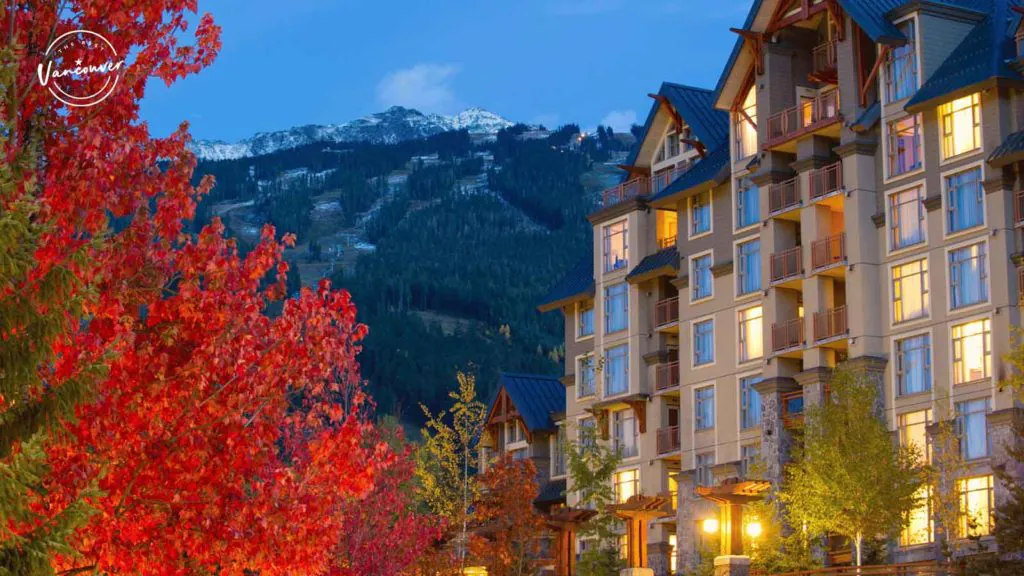Is It Safe to Drive from Vancouver to Whistler in Winter?
Driving from Vancouver to Whistler in winter can be a great adventure. The beauty of the mountains, the crisp air, and the vast empty landscapes of snow combine to make this drive one of the most scenic drives in Canada.
Keep reading as we provide helpful information to make your drive from Vancouver to Whistler a safe and memorable one!
Is Driving from Vancouver to Whistler Safe in the Winter?
Driving from Vancouver to Whistler in the winter is generally safe, but it’s critical to have snow tires on because winter road conditions can be challenging.
As a general rule, if you’re planning to drive from Vancouver to Whistler in winter, put on snow tires and be prepared for a snowy journey.
What Is the Road from Vancouver to Whistler Like?
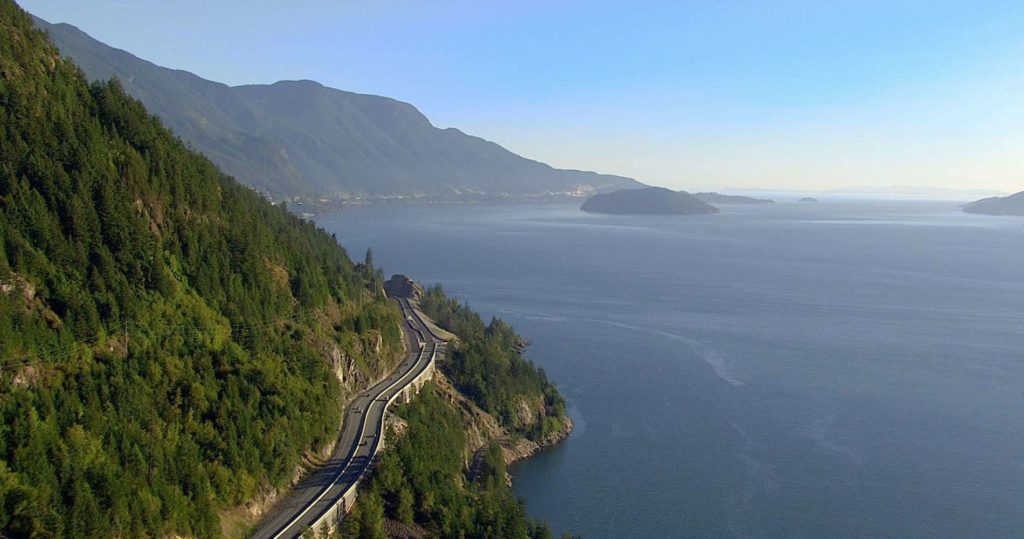
The road from Vancouver to Whistler is one of the most beautiful drives in the world. You’ll find towering mountains, pristine valleys, and rushing rivers as you travel along the world-famous Sea to Sky Highway.
The Sea-to-Sky Highway is a straight road that hugs the coast of Howe Sound. The drive takes about 2 hours, but we recommend taking your time to enjoy the scenery.
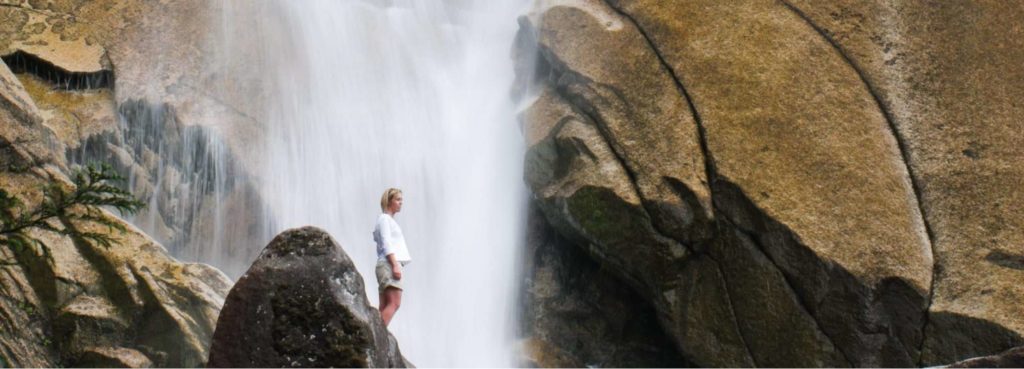
There are plenty of stops along the way where you can get out and explore. We recommend stopping at Shannon Falls Provincial Park, where you can see one of British Columbia’s tallest waterfalls.
You can also go hiking at Shannon Falls Provincial Park, which is a relatively easy route because it’s not too steep and only takes about 18 minutes to reach the top.

Another hiking trail along the Sea to Sky Corridor is the Chief. There’s a parking lot located on the highway where you can access this hiking trail which is also accessible from Shannon Falls Provincial Park via the 1.5 km connector trail.
There are also numerous rest stops and gas stations where you can fill up your gas tank and stomach with snacks and beverages.
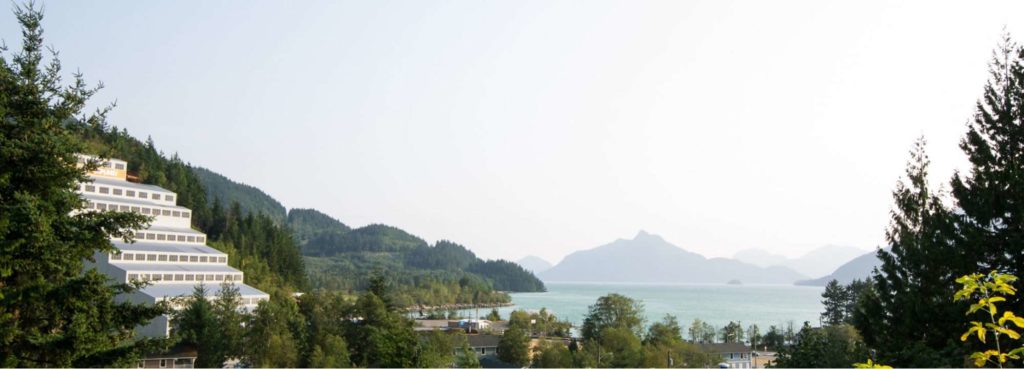
Another great stop is Brittania Beach, where you can see an old copper mine that’s been converted into a museum.
The road from Vancouver to Whistler is generally easy to drive because it’s a straight road, but it can be challenging during the winter due to heavy snow so it’s best to have an experienced driver behind the wheel.
Tips When Driving to Whistler during Winter
1. Research Your Route
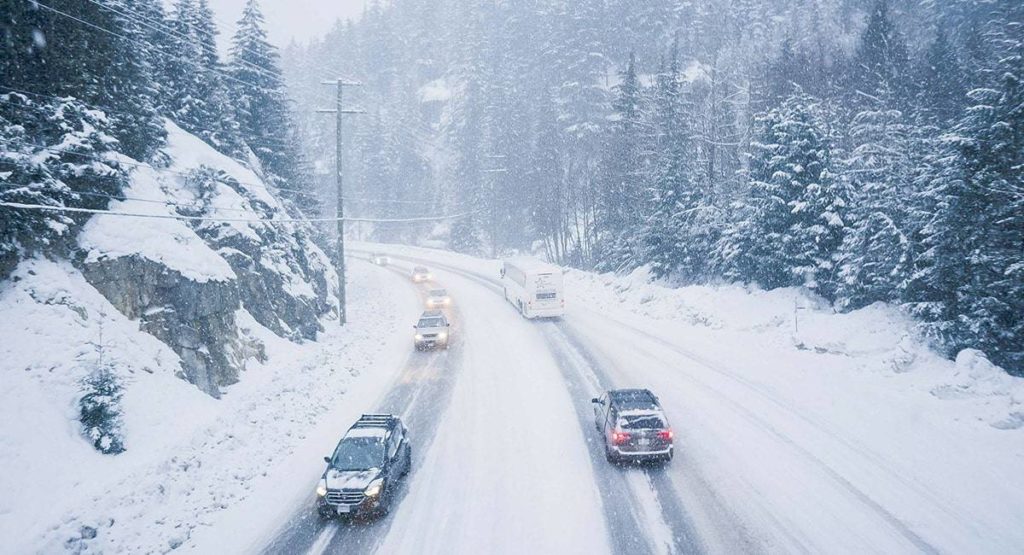
Before you hit the road to Whistler, it’s important to do your research and plan your route. Check the weather and road conditions of the Sea to Sky Highway (Highway 99), and know where you can stop along the way for gas, food, and restrooms.
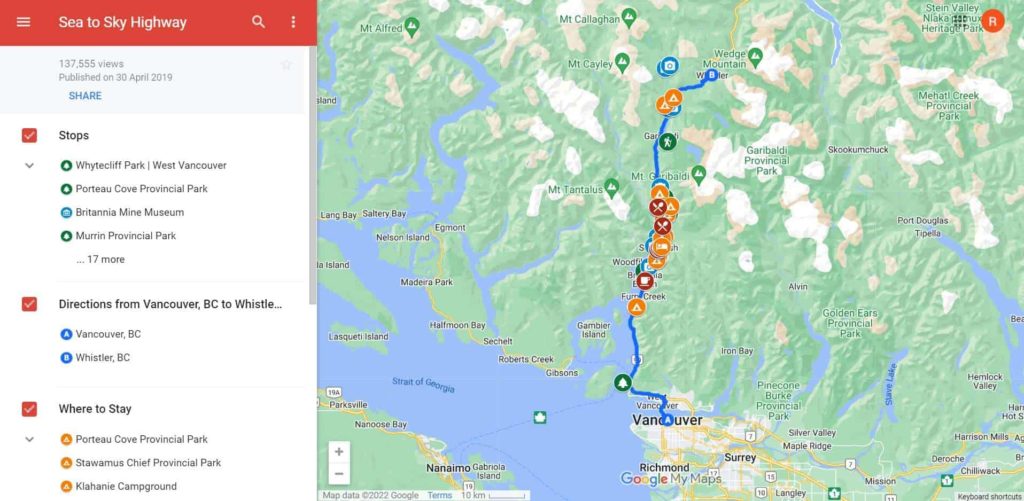
For a detailed map of the Sea to Sky Highway, we recommend using Google Maps. This map includes driving directions as well as suggested stops such as art galleries, parks, and other recreational areas.
It also provides information on gas stations, cafes, restaurants, and hotels where you can stay.
2. Keep Emergency Supplies on Hand
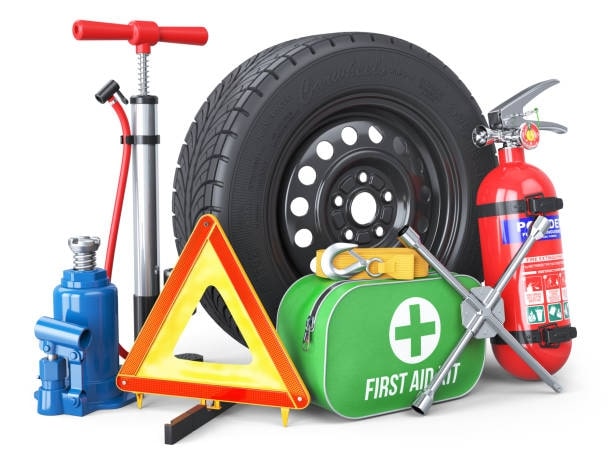
If you’re driving to Whistler during winter, it’s important to be prepared for any emergency situation. It’s wise to keep an emergency kit in your car, including a blanket, extra clothes, food and water, a first-aid kit, and a flashlight.
It’s also a good idea to have your car inspected by a car repair shop before you leave for Whistler so they can check the overall condition and performance of your vehicle.
3. Install Winter Tires
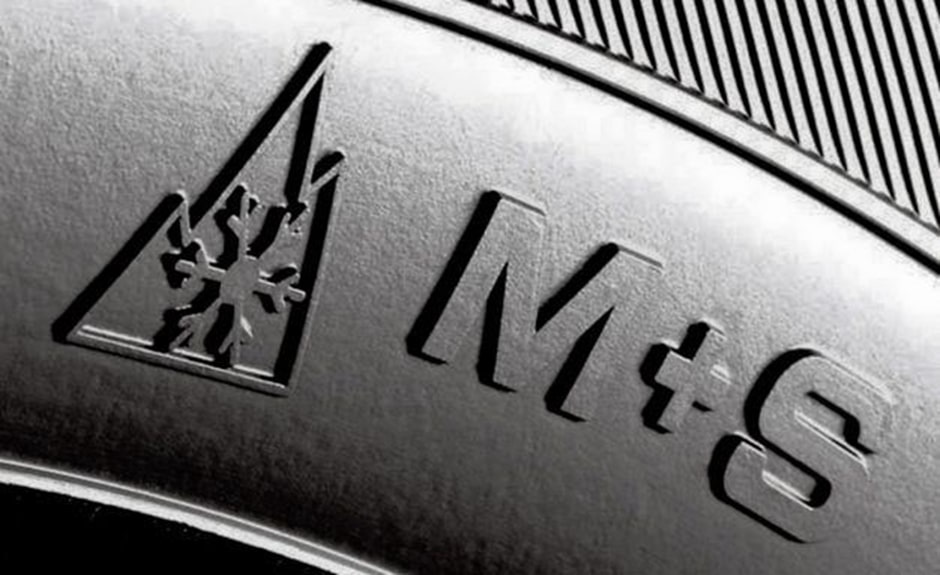
While you won’t need a 4WD to drive to Whistler, you will need to have to install winter tires which are available in almost all tire shops. Winter tires are required by law when traveling along the Sea to Sky Highway (Highway 99).
This is also for your safety because snow storms make it difficult to ride even on well-maintained roads.
Winter tires have at least 3.5 mm of tread and are marked with the three-peaked mountain and snowflake symbol or the M + S (mud and snow symbol).
4. Be Attentive to the Road Ahead
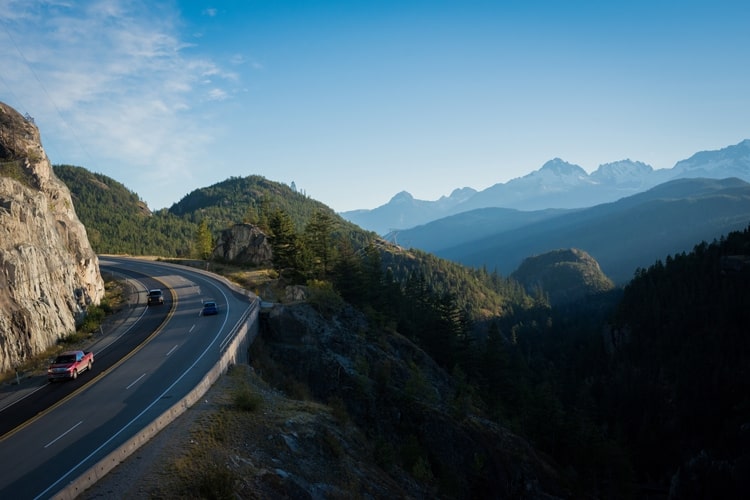
When driving to Whistler during winter, it’s important to be attentive to the road ahead. This means being aware of any potential hazards, such as ice or snow, and taking care to avoid them.
5. Maintain a Safe Following Distance
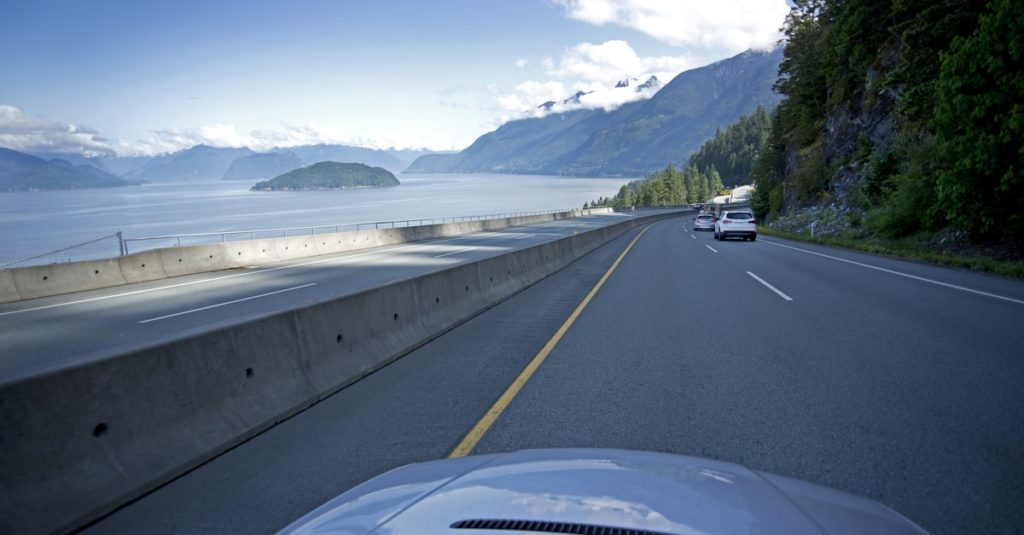
When driving to Whistler during winter, it’s important to maintain a safe following distance. This means keeping a safe distance between your vehicle and the one in front of you.
Depending on the conditions, you may need to increase your following distance by at least four to six seconds of time and space.
If you’re driving on snow-covered roads, it’s important to give yourself extra time and space to stop. It takes longer to stop on icy or snowy roads, so you should allow for more space between you and the car in front of you.
6. Mind Your Speed
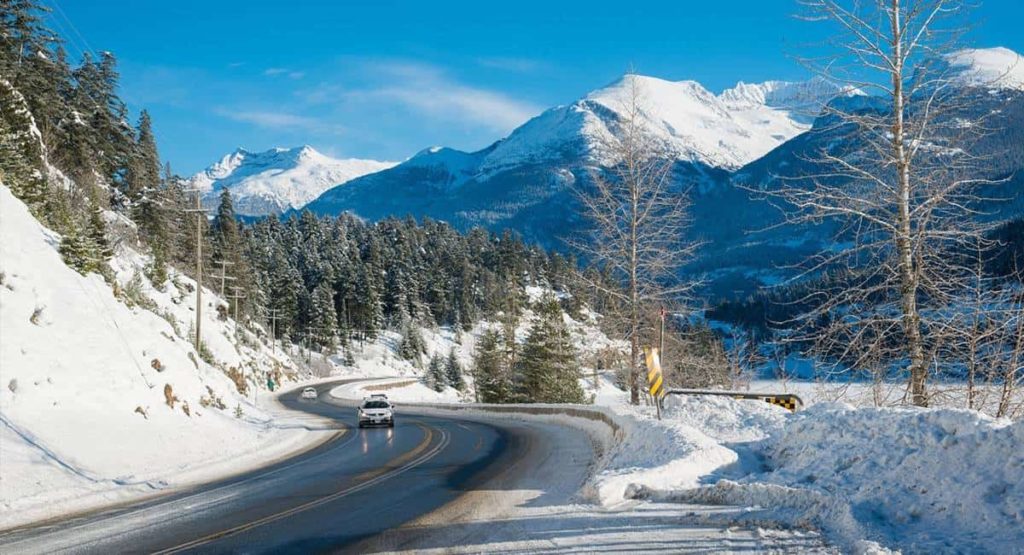
When driving to Whistler during winter, mind your speed and take extra care on the roads. Snow and ice can make conditions treacherous, so it’s important to slow down and be cautious.
The Sea to Sky Highway has a speed limit of 80 to 100 kilometers per hour, with 60 kilometers per hour in areas in Lions Bay, Britannia Beach, and parts of Squamish.
7. Accelerate and Decelerate Slowly
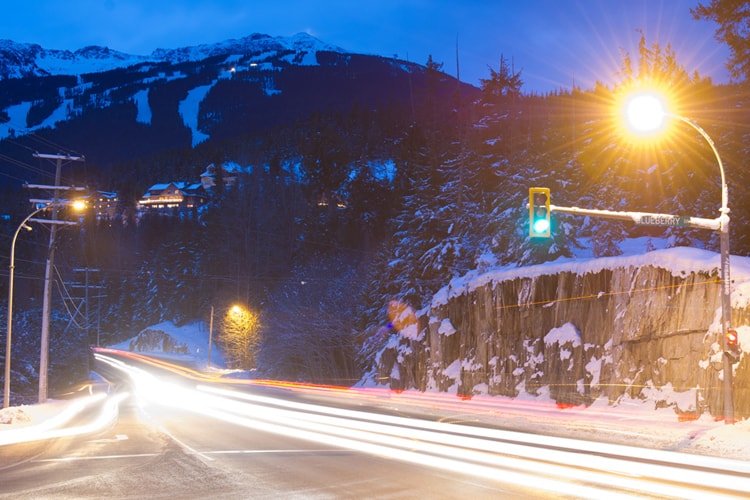
When driving to Whistler during winter, it’s important to accelerate and decelerate slowly. This will help you maintain control of your vehicle and avoid sliding on icy roads.
8. Know Your Brakes
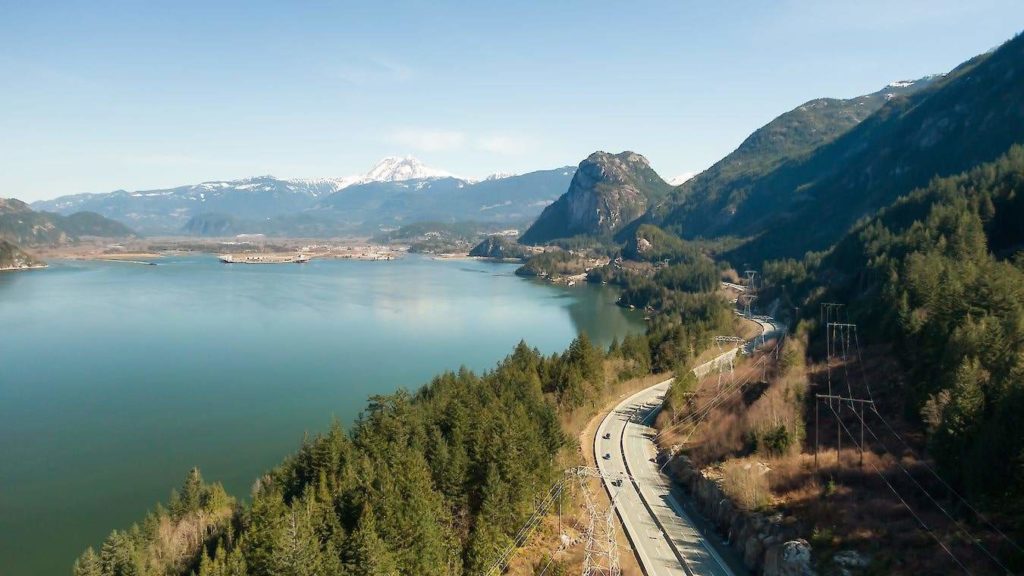
It’s important to keep an eye on your brakes and make sure they’re in good working order.
You should have them checked by a mechanic on a regular basis, and you should be aware of any warning signs that may require attention, such as squealing or grinding noises, vibration when braking, or the brake light coming on.
The Miller Capilano Maintenance Corporation looks after the Sea to Sky Highway. If you ever need assistance or want to report a road hazard, you can reach them through their 24/7 hotline at 1-866-918-1010 ext. 1.
9. Stay On Your Lane
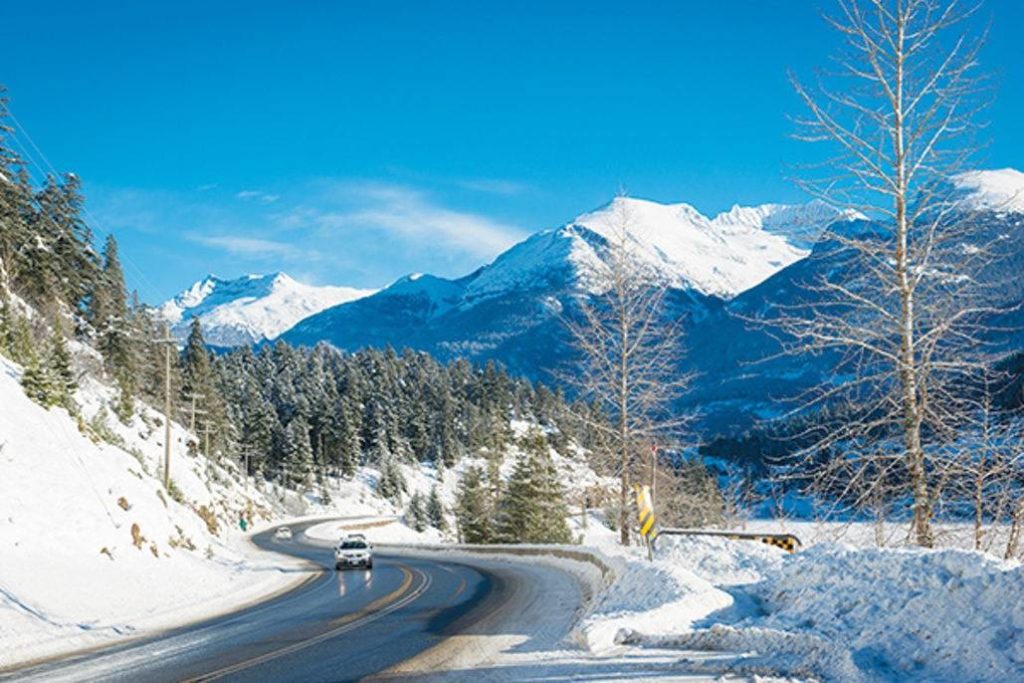
In British Columbia, the right lane is for regular driving and the left is for passing when a highway has two lanes going in the same direction. Unless you’re overtaking another vehicle, DO NOT drive in the left lane.
10. Take Breaks at a Rest Stop
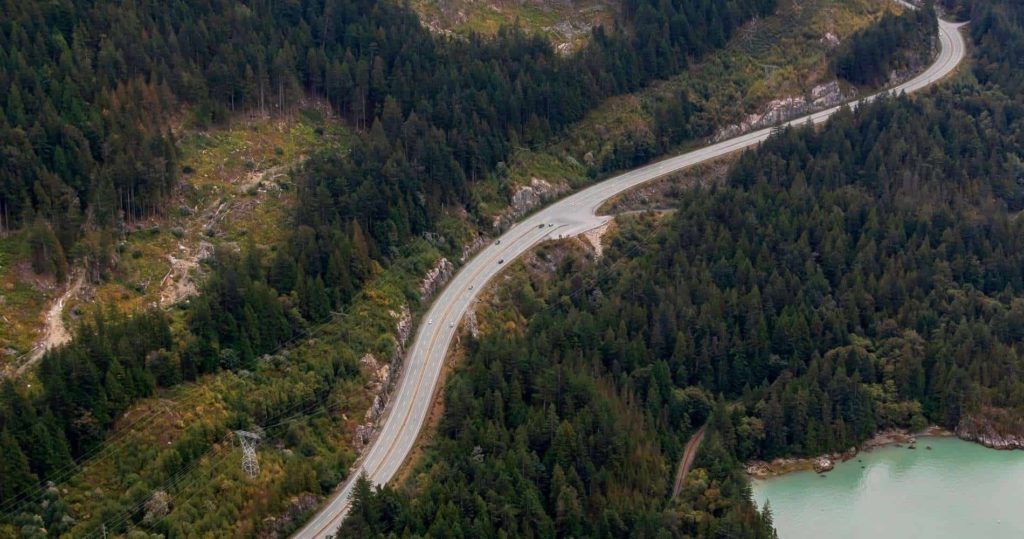
If you’re driving to Whistler during winter, it’s important to take breaks at a rest stop. This will help you stay refreshed and avoid any potential accidents.
For a comprehensive list of the rest stops along Vancouver’s highways, check out this link.
Although driving across the Sea-to-Sky Highway in winter can be intimidating, it’s entirely doable with a little planning. Just make sure you have good snow tires and a sharp mind.
Also, keep in mind that if you need to take a break, there are plenty of rest stops along the highway where you can rest, eat, and refuel.
You may want to check a few related articles:







